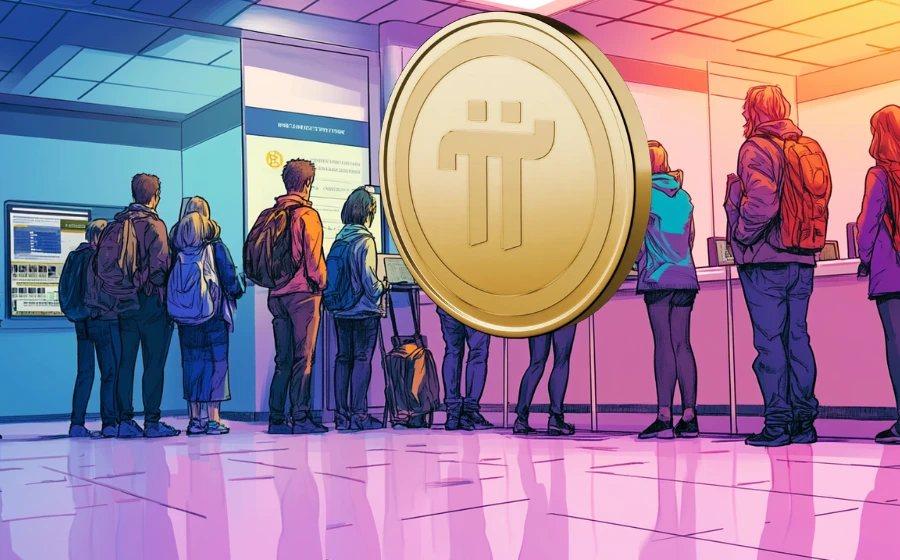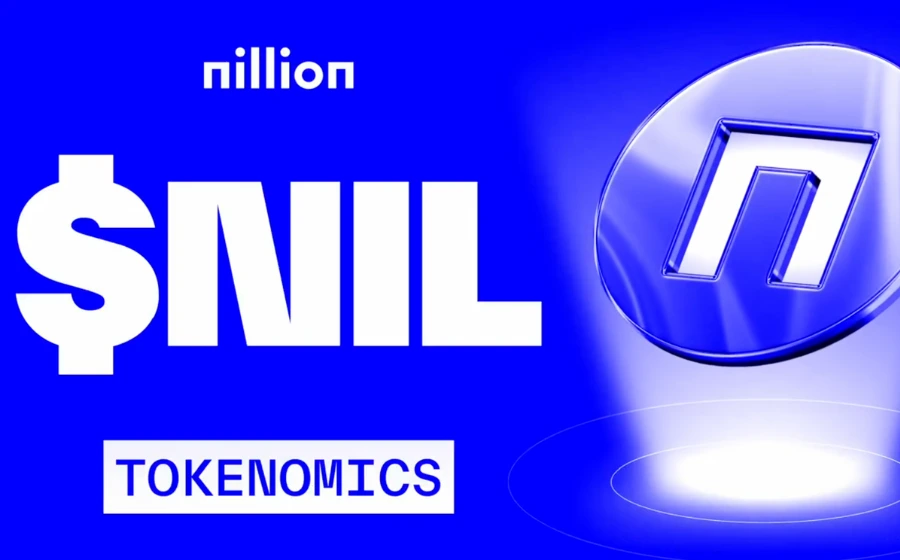
KEYTAKEAWAYS
-
Tria bridges traditional neobanking and decentralized finance by combining a self-custodial model with chain abstraction, aiming to make crypto payments as simple as using Apple Pay.
-
BestPath AVS creates a new economic layer for cross-chain transactions, replacing trusted intermediaries with an open, competitive market of Pathfinders that discover the most efficient routes.
-
Backed by Polygon, Aptos, and key Web3 leaders, Tria positions itself as the future settlement network for both humans and AI agents in the coming era of programmable finance.

CONTENT

FROM REVOLUT TO TRIA: THE NEXT FRONTIER OF FINANCE
In the history of financial innovation, a few turning points have changed how people interact with money. Revolut simplified global payments for the fiat world. A decade later, Tria is trying to redefine what a “bank” means in the age of crypto and artificial intelligence.
Tria was born from a rebellious idea. Instead of choosing the safe route of custodial finance, it took the harder path of self-custody. For founder Parth Bhalla, Tria’s goal is not to build another crypto wallet but to create an experience as natural as using Apple Pay. Users do not need to understand Gas fees, bridges, or seed phrases. They only need to open the app to spend, earn, or transfer.
This vision follows a clear logic shared with the success of traditional neobanks. Revolut won by hiding the organizational complexity of banks and payment processors behind a single interface. Tria aims to do the same for blockchains, where the complexity is far greater. Its strategy is to use technical abstraction to create a unified user experience in a decentralized world.
If Revolut represented the beauty of centralization, Tria is attempting to create order within decentralization. That order is powered by its core infrastructure called BestPath AVS, a chain-agnostic and competition-driven intent marketplace.
BESTPATH AVS: FROM ABSTRACTION TO AUTONOMY
At the heart of Tria lies BestPath AVS, a permissionless service built on EigenLayer. It acts as a new type of coordination engine, allowing users to complete complex cross-chain transactions without knowing how they work underneath.
Imagine a user who wants to swap 100 USDC on Polygon for SOL on Solana. In the old model, that would require multiple steps of bridging, swapping, and signing. Inside Tria, the user only expresses an intent. BestPath automatically finds the optimal route through a market of “Pathfinders,” “Simulators,” and “Challengers,” executing the task from start to finish.
BestPath AVS is more than a technical router. It is an economic system where competition replaces trust. Each Pathfinder competes to discover the cheapest route and earns rewards in return. The more participants join, the cheaper and faster transactions become. Tria’s promise of low or zero fees comes from this market dynamic rather than subsidies.
Underneath it all sits Unchained, Tria’s own Layer 2 built with MoveVM and Arbitrum Orbit. It combines the security of Ethereum, the resource model of Move, and the interoperability of Cosmos through IBC. This design gives Tria both safety and flexibility, forming the base layer for its vision of seamless, chain-agnostic finance.
IDENTITY, CONSUMPTION AND CREATION: TRIA’S DOUBLE HELIX
Tria’s ecosystem runs on two tracks: a consumer neobank and a developer infrastructure.
For users, Tria looks like a global bank. The Tria Visa card works in more than 150 countries and supports over one thousand digital assets. Balances stay productive while remaining liquid. Idle funds can earn yield through integrated DeFi protocols and automatically repay card spending in real time. What is impossible in traditional banking becomes normal in this model.
Behind this smooth experience lies deep technical coordination. Tria links spending and yield accounts with protocols such as Concrete and Kiln, allowing assets to generate returns and remain usable at the same time. Users can invest, earn, and spend within one loop, creating a self-sustaining cycle of digital finance.
For developers, the Core SDK provides the gateway to this system. It includes Inception SDK for frictionless onboarding and Mazerunner SDK for cross-chain user and liquidity access. Developers can connect their dApps to users across different chains without building custom bridges. Every integration channels more activity through Tria’s BestPath AVS, turning each app into a traffic node for the network.
The @tria decentralized identity (DID) system completes the picture. Each user can register a human-readable handle like “alice@tria,” binding multiple wallet addresses across chains through an NFT. This replaces the concept of the wallet with identity. The shift from addresses to names is subtle but powerful—it redefines how users relate to the blockchain itself.
THE INTERSECTION OF TECHNOLOGY AND CAPITAL
Every grand vision must survive execution. Tria faces one of the hardest challenges in Web3: building a consumer-grade bank on top of decentralized infrastructure.
To support this ambition, Tria raised twelve million dollars from a group of high-profile backers including P2 Ventures of Polygon, Aptos, Wintermute, and executives from the Ethereum Foundation and EigenLayer. It also received support from members of the UAE royal family, giving it political and regulatory access to the fast-growing MENA market.
Its founding team mirrors its hybrid vision. The founders come from Polygon’s accelerator and early Ethereum circles, while other key members have backgrounds at Binance, BlackRock, and OpenSea. The mix of crypto-native and traditional finance experience gives Tria both technical depth and business discipline.
Still, the risks are real. BestPath AVS depends on maintaining a balance between demand from users and supply from Pathfinders. Without enough competition, the promise of zero fees could collapse. The regulatory status of a self-custodial neobank remains uncertain in most regions.
Yet Tria stands at the intersection of two inevitable trends: the rise of AI agents and the evolution of programmable finance. Analysts predict that by 2030, a quarter of all digital payments will be executed by AI. In that future, the language of money will not be clicks or swipes but intents. Tria is building the infrastructure for that world—a settlement network where humans and machines coexist as financial actors.
Seamless finance is not about convenience alone. It is about rebuilding trust through transparency and competition. Tria replaces complexity with abstraction, addresses with identity, and intermediaries with open markets. It is an ambitious attempt to answer one question of our time: when chains merge and AI becomes economic, what will money feel like again?















